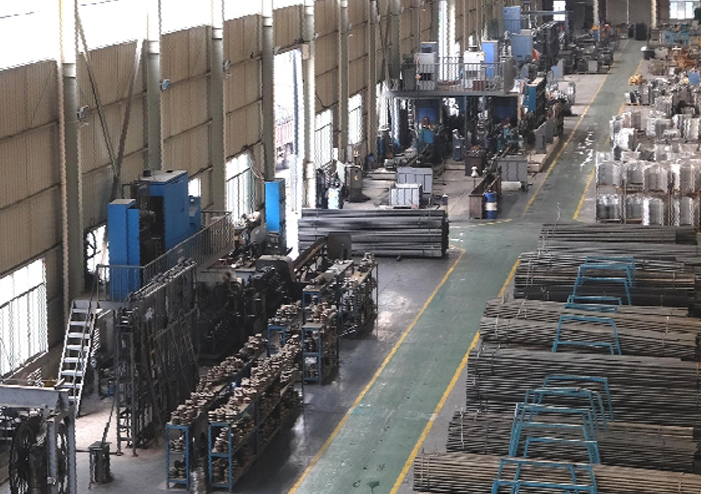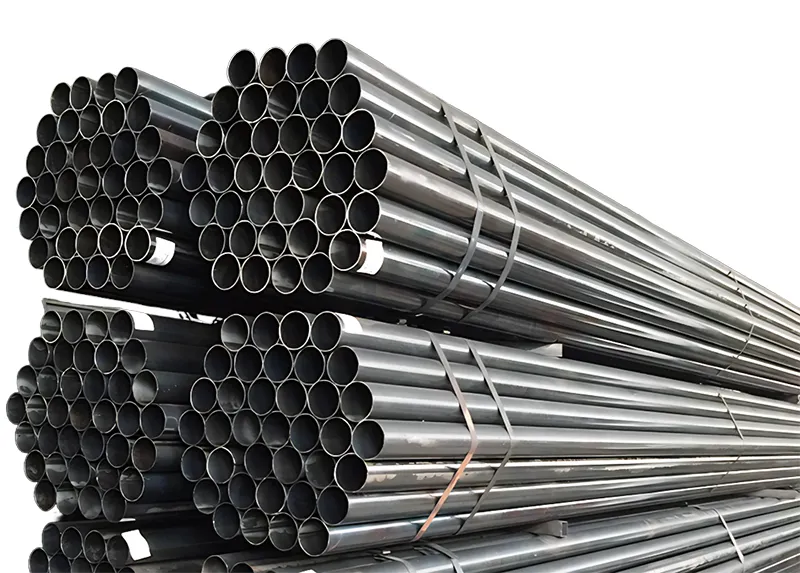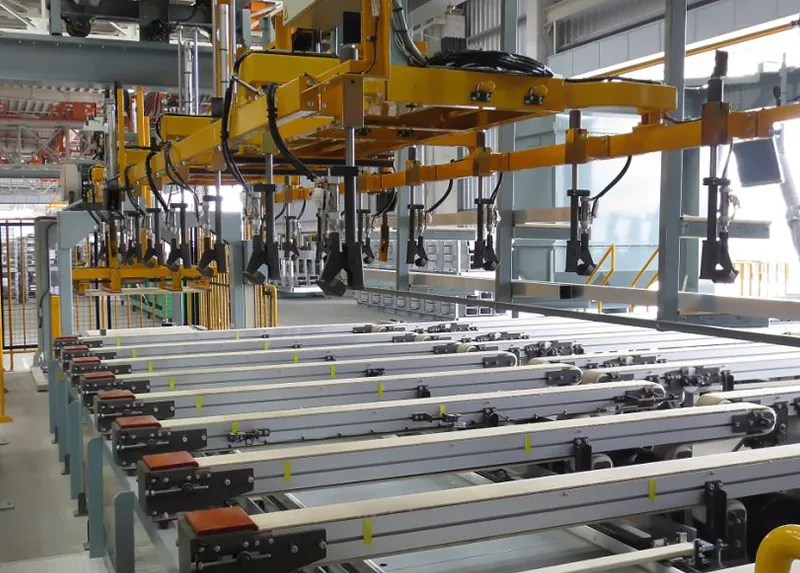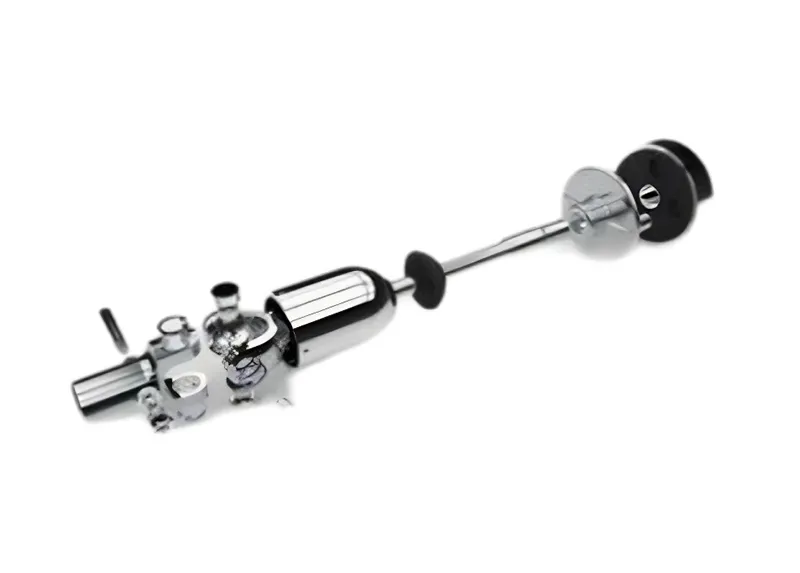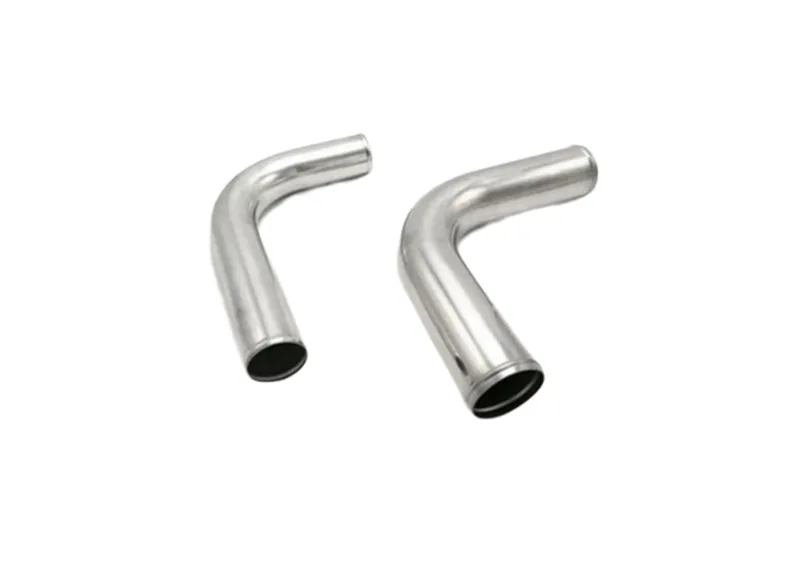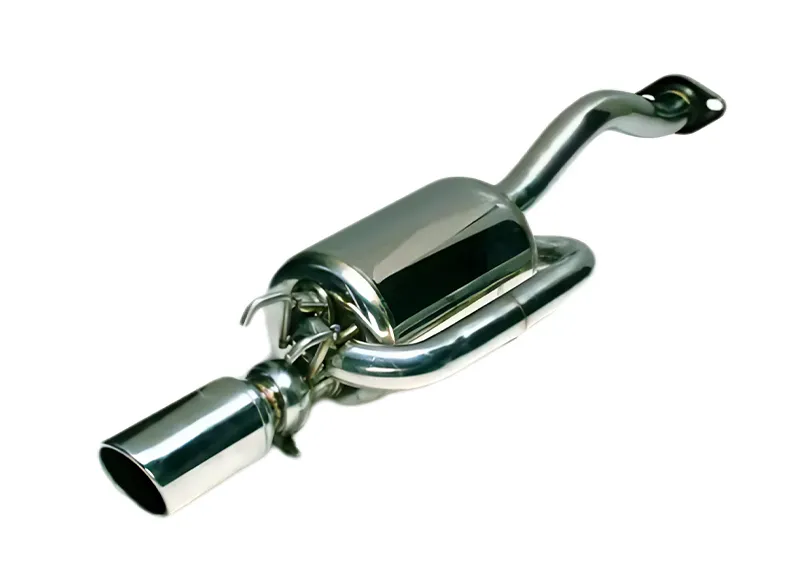Shoujia Group was established in 2002 and has been struggling in the automotive market for more than 20 years. We have taken advantage of the booming development of China's automotive industry and grown from a company located in Shiyan City to a large team consisting of many large factories scattered throughout the country.
Carbon Steel Pipe
Carbon steel piping is a durable material made from carbon steel, a steel alloy composed of iron and carbon. Because of its strength and pressure resistance, carbon steel piping is used in a variety of heavy-duty industries
Advantages of Carbon Steel Pipe
Carbon steel piping offers safety and durability. Because carbon steel piping is impact resistant and unaffected by harsh environmental conditions such as pressure or extreme weather, it is an ideal material for structural applications.
Carbon steel is incredibly strong, which means that carbon steel pipe can be made thinner and use less material while still being able to transport large amounts of material. This makes carbon steel piping a cost-effective material. Not only can carbon steel be used less, but it can also be recycled, making it both environmentally friendly and cost-effective.
Due to its ease of fabrication, carbon steel piping is a versatile material. We can manufacture carbon steel pipe in a variety of thicknesses and sizes. It is also easy to cut and bend to fit wherever it is needed. It is also easy to connect to fittings, valves and other tubing.
Properties and Composition of Carbon Steel Pipe
As the carbon content increases, steel can be heat-treated to become harder and stronger, thus reducing its ductility. In carbon steels, higher carbon content reduces weldability and lowers the melting point.
When no minimum content is specified for any alloying element (e.g., aluminum, chromium, nickel, molybdenum, vanadium, etc.) or for any other element added to obtain the desired alloying effect, the steel is generally considered to be carbon steel. Manganese is not to exceed 1.65%, copper is to be specified at a minimum content of not less than 0.40% or more than 0.60%, and silicon is to be specified at not more than 0.60%.






